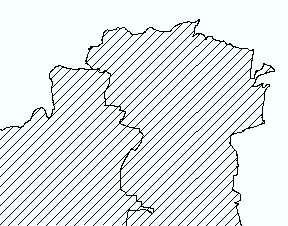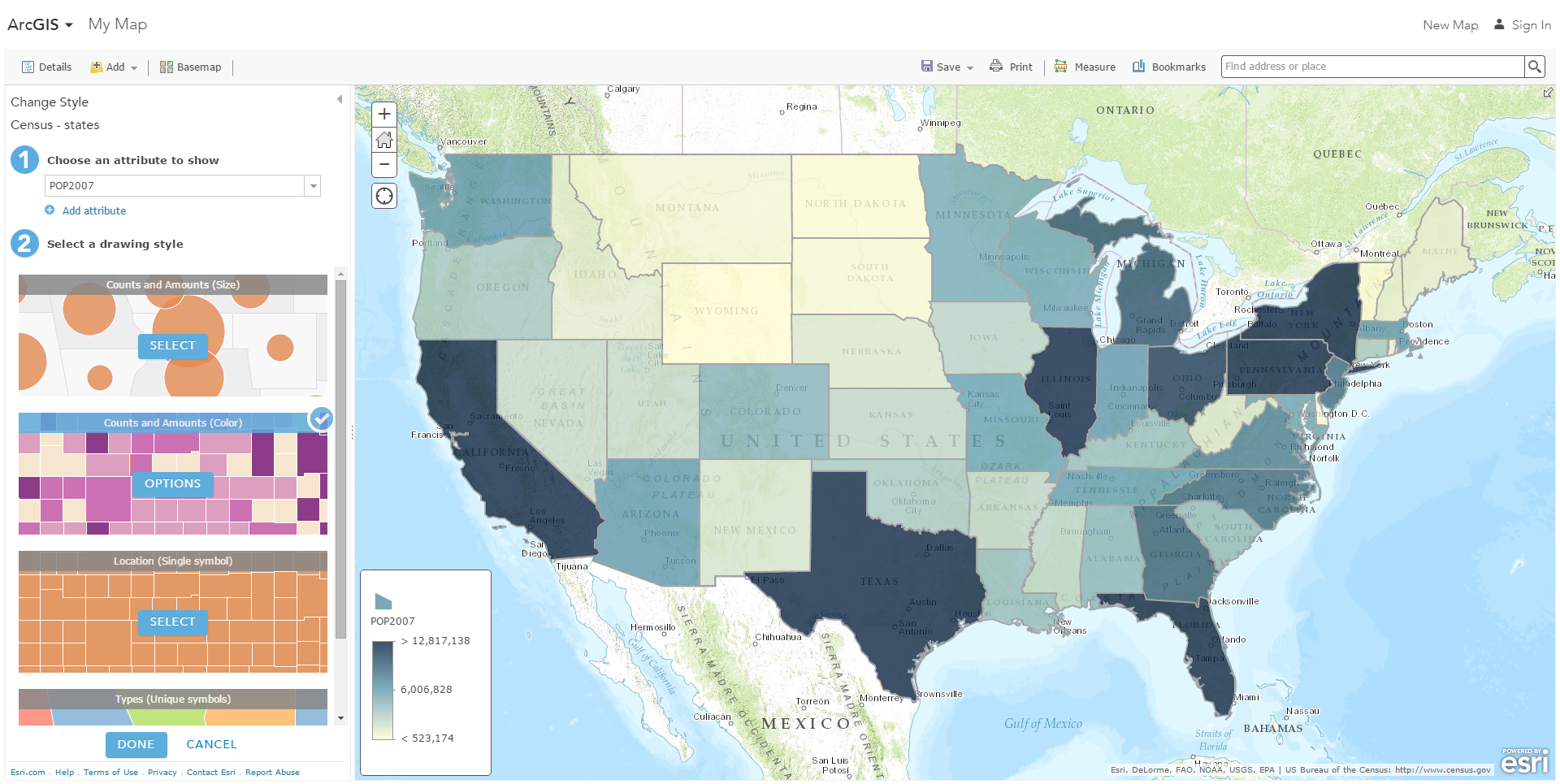- Home
- :
- All Communities
- :
- Products
- :
- ArcGIS Enterprise
- :
- ArcGIS Enterprise Questions
- :
- Re: Map Service Structure
- Subscribe to RSS Feed
- Mark Topic as New
- Mark Topic as Read
- Float this Topic for Current User
- Bookmark
- Subscribe
- Mute
- Printer Friendly Page
Map Service Structure
- Mark as New
- Bookmark
- Subscribe
- Mute
- Subscribe to RSS Feed
- Permalink
Hello Everyone
Currently I am trying to plan a new map service structure for our GIS infrastructure as we are in the middle of upgrading all the systems. One problem I am having is with data duplication appearing across different map services. For example we have a ward boundary's layer that appears in a lot of applications that we create. We were discussing about having a set of map services for different departments containing their datasets such as planning, flooding etc and picking of the layers individual when we need them for an application in AGOL or portal.
The problem we have come up against is the below for example. People may want to have different styles for their wards for example and with us only wanting the wards layer to appear once across all of our map services it means we would be limiting users to certain styles.


I was wondering is there a way to apply multiple styles to a single layer in a map service and individual pick of different styles of at will for an online application built in ArcGIS online or portal.
For example
Wards
- style1
- style2
Hope the above makes sense
Many thanks for your help in advance
Tom
- Mark as New
- Bookmark
- Subscribe
- Mute
- Subscribe to RSS Feed
- Permalink
Perhaps using dynamic layers About dynamic layers—Documentation (10.3 and 10.3.1) | ArcGIS for Server
- Mark as New
- Bookmark
- Subscribe
- Mute
- Subscribe to RSS Feed
- Permalink
Thank you will have a look into Dynamic Map layers ![]()
- Mark as New
- Bookmark
- Subscribe
- Mute
- Subscribe to RSS Feed
- Permalink
You take advantage of dynamic layers only using the Javascript API. If you plan on using the out of the box applications in Portal or ArcGIS Online, or the web application builder in either Portal or ArcGIS Online, you won't be able to use dynamic layers. Another option is to add the feature layer to the map instead of the whole service. For example, the Census service available on sampleserver6.arcgisonline has a States layer:

If I add only the States layer to the map, I can symbolize based on any field within the layer:
An important thing to keep in mind though, is that if you use feature layers within the map, you're rendering the data as the actual features using query requests, so the performance may be a bit slower depending on the size of the data returned. When you're using the whole map service, an image is returned, which may perform a bit faster, but out of the box applications can't update the rendering, so there's definitely a trade-off.
- Mark as New
- Bookmark
- Subscribe
- Mute
- Subscribe to RSS Feed
- Permalink
Thank you for the information ![]()